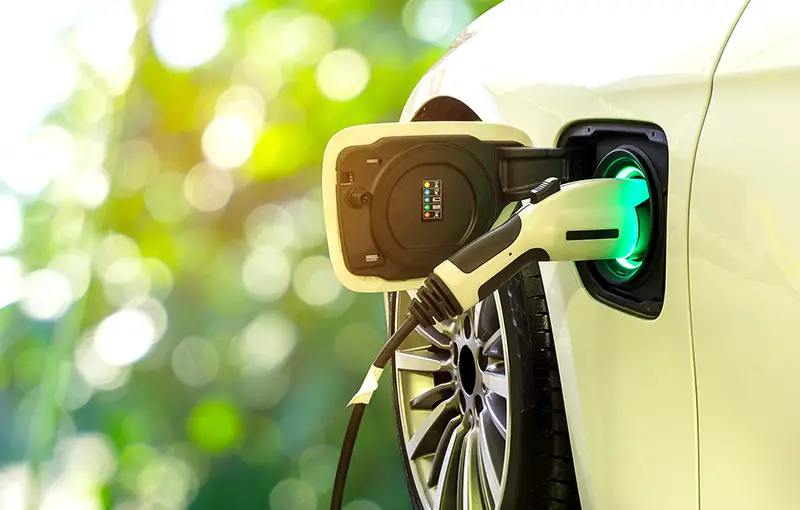Click here to get this post in PDF
For decades, the electric car was a pipe dream – but, largely thanks to advances in lithium-ion battery technology, it’s a dream that’s on the cusp of being made reality. Electric vehicles offer lower running costs, and since they come with fewer moving parts, they’re more easily maintained on the whole. With that said, if you’re the owner of an EV, you’ll have a different set of maintenance concerns to bear in mind.
Let’s look at some of the key things you’ll want to bear in mind when looking after an electric vehicle.
Simplicity
So, what are the parts that actually enable an electric vehicle to propel itself? There is a handful of them. The electric motor is what provides the rotation which is transmitted to the wheels. You might also find an electric inverter whose role is to convert the direct current drawn from the battery into an alternating current that can be used to propel the car.
The drivetrain on an electric vehicle tends to be single speed since an electric motor can extract torque from a wider range of engine speeds. An electric motor will tend to turn two or three times as fast as an internal combustion engine.
Last is the battery itself which powers everything mentioned above and more. You can expect to replace the battery entirely several times over the course of an electric vehicle’s lifespan, though this can be mitigated with good care and maintenance. A good example is the charging apparatus used to keep it filled. Quality Residential EV Chargers can charge the battery without overheating or allowing power surges to short the battery.
No oil filter changes
Electric vehicles tend to require less in the way of consumables. There’s no need to replace the air filters, spark plugs, or drive belts connecting the starter motor to the engine – because there is no starter motor to worry about. In total, there are around two dozen components that you’ve eliminated by going for an electric vehicle over an internal-combustion-engine vehicle.
What does needs to be maintained?
Some of the most important components of an electric vehicle are to be found on vehicles of every sort. These include the tyres. These are the parts of the car which actually come into contact with the road and which have a significant say on the grip and general performance. The same legal tread depth limit of 1.6mm applies to an electric vehicle, and you’ll ideally want to replace your tyres well before you reach that depth.
Electric vehicles come with batteries, which will deteriorate over time. To limit this deterioration, you’ll want to monitor the fluid in the cooling system, which is designed to transmit heat away from the battery. You’ll also want to avoid fully discharging the battery if you can help it: every time the battery is discharged all the way, it’ll lose a portion of its maximum charge.
The good news is that by the time you come to replace your battery, the chances are good that you’ll be able to replace it with something that’s far more affordable and more powerful for the weight – since the price of lithium-ion batteries has been in steady decline for decades.
You may also like:
Powering the Revolution: How Charging Infrastructure Fuels the Rise of Electric Vehicles
Electric Cars as the Future of the Automotive Industry
Image source: Shutterstock.com

